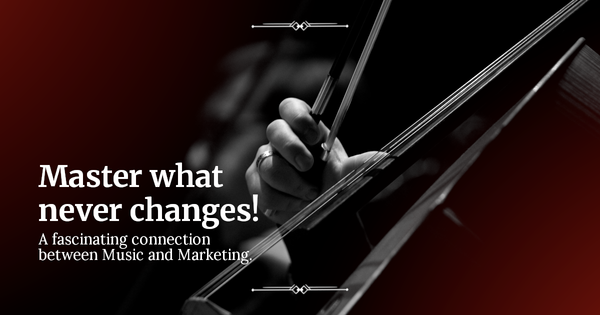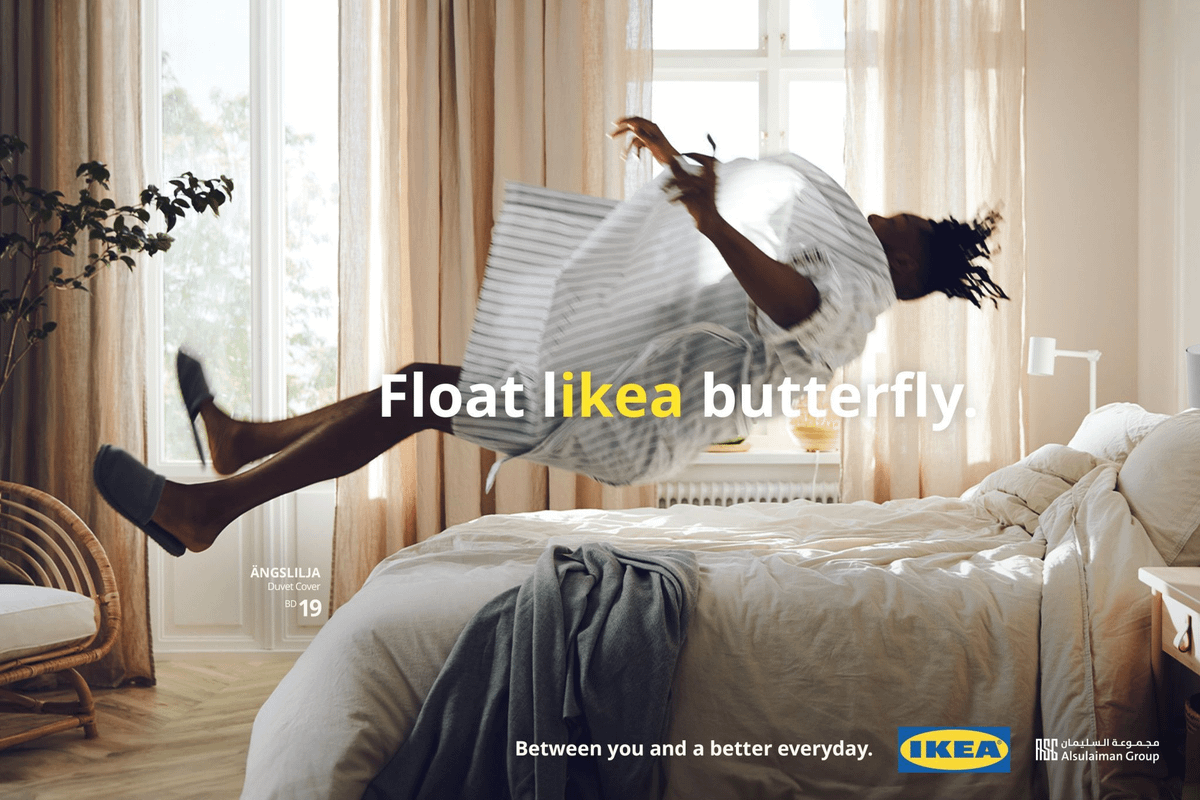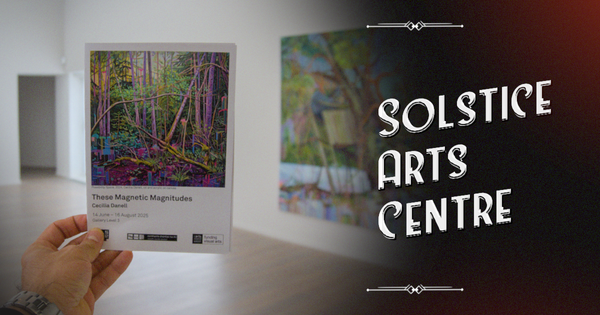When Coca-Cola Turned Blue: What the Parintins Festival Teaches Us About Cultural Branding
Coca-Cola's brand guidelines are among the most protected in the world. That red. That script. The ribbon. These elements are enforced globally with precision. Except in Parintins.

"The best marketing doesn't force itself on culture—it bends to honor it."
Imagine opening a can of Coca-Cola, but instead of the iconic red you've known your entire life, it's blue.
Not a limited edition. Not a social media stunt. A deliberate decision by one of the world's most recognisable brands to completely change its colour.
It sounds unreal, but it happens every year in a place I've dreamed of visiting my entire life: Parintins, a small island city in the heart of the Amazon rainforest in Brazil.

The City That Divided Coca-Cola
Growing up in Itacoatiara, another city in the Amazon region not far from Parintins, I heard stories about the festival long before it became a national phenomenon in Brazil. Even as a kid, I knew there was something powerful happening on that island every June—something that could make global corporations rethink their entire brand identity.
The Parintins Folklore Festival (Festival Folclórico de Parintins) isn't just a party. It's a cultural phenomenon recognised as National Cultural Heritage by Brazil's IPHAN (Institute of National Historical and Artistic Heritage). For three nights every June (27-29), over 100,000 people flood this island to witness an epic battle between two rival groups:
Boi Garantido (red and white, with a heart on its forehead) vs. Boi Caprichoso (blue and white, with a star on its forehead)
The rivalry is so intense that it transcends the Bumbódromo—the bull-shaped arena where the performances happen. The entire city literally divides itself into two colours. If you support Caprichoso, you wouldn't be caught dead wearing red. If you're team Garantido, blue is off-limits.
And brands? They have to pick a side—or face rejection.

Coca-Cola's Blue Cans: A Case Study in Cultural Branding
Here's where it gets interesting from a marketing perspective.
Coca-Cola's brand guidelines are among the most protected in the world. That red. That script. The ribbon. These elements are enforced globally with precision.
Except in Parintins.
Back in 2007, Coca-Cola faced a problem. Despite being a long-time sponsor of the festival, Caprichoso fans were boycotting the brand. The reason was simple: red represented their rival. Instead, they were drinking Pepsi, which happened to come in blue cans.
So Coca-Cola made a choice. They created a blue version of Coca-Cola. Same logo, same taste, completely different colour. Blue cans, blue banners, blue merchandise.
And it worked.
It's one thing for a brand to run an ad. It's another to repaint itself in the colours of a community.
📊 Quick Reference: The Parintins Marketing Model
What happened:
Coca-Cola created a blue edition exclusively for Parintins to honour local culture
Why it matters:
Demonstrated that brand flexibility can outperform rigid consistency
The result:
- Avoided market share loss to Pepsi
- Won marketing awards for cultural authenticity
- Created a collector's item that resells above retail price
- Became a case study in business schools worldwide
Key principle:
Cultural respect > brand guidelines (when done authentically)

What the Parintins Festival Can Teach Global Marketers
This isn't just a regional curiosity. It's a lesson in brand elasticity—the ability to flex identity while keeping meaning intact. Few brands have that confidence.
1. Cultural Humility in Branding
Coca-Cola's Parintins strategy foreshadowed what we now see everywhere: hyper-local marketing. McDonald's regional menus. Guinness collaborations with local pubs. Spotify playlists tailored to neighbourhood tastes.
The difference? Coca-Cola didn't just adapt a menu item. They changed their most sacred brand element: colour.
That takes humility. It requires admitting that in some contexts, local culture matters more than global consistency.
2. From Global Brand to Local Participant
Coca-Cola didn't just change colour. They changed meaning—from a global corporation to a participant in local identity.
This is what I call emotional economics: the value created when a brand stops being a product and starts being part of a community's story.
The "Isso é Parintins" ("This is Parintins") campaign didn't win awards because it was clever. It won because it was true.
3. Community Co-Creation Over Campaign Imposition
Here's what matters: Coca-Cola didn't impose this. They responded to a community-driven narrative.
The people of Parintins were already rejecting red Coca-Cola. The brand could have ignored it, fought it, or adapted to it. They chose adaptation.
That's community co-creation—letting culture lead, then following with respect.
4. Authentic Scarcity
Blue Coca-Cola isn't available anywhere else on the planet. Not in New York, London, Tokyo, or even in other parts of Brazil. Only Parintins. Only during the festival.
The cans have become collector's items, resold online for multiples of their original price.
But here's why it works: the scarcity emerges from authenticity, not artificial FOMO. It's limited because it's tied to a specific place and tradition, not because a marketing team decided to create hype.
When Other Brands Joined the Movement
Coca-Cola wasn't alone. Other major brands adapted too:
- Brahma (traditionally red beer brand) released blue special editions for Caprichoso fans

- Bradesco (a red-branded bank) changed its branch facades to blue in Parintins

- Azul Airlines (literally named "Blue") created red branding to support Boi Garantido

- Tuchaua (a regional soft drink, usually packed in green cans) also create its versions for the festival.

Think about that last one for a moment.
An airline called "Blue" willingly embraced red because that's what the culture demanded. They repainted planes. Changed their tagline. Altered their music. All to honour a festival.
The Bigger Pattern: Localisation as Strategy
In our globalised world, we're taught to scale, standardise, and streamline. Build a brand once, deploy it everywhere. It's efficient. It's cost-effective.
But it's not always right.
The Parintins Festival teaches us that the strongest brands aren't the most rigid—they're the most adaptable. They don't ask culture to bend to them; they bend to honour culture.
This matters more now than ever. As marketing becomes more localized and personalized, audiences don't just want brands that speak to them—they want brands that understand them, see their traditions, their identities, and their values as worthy of respect.
When Coca-Cola turned blue, they weren't abandoning their brand. They were demonstrating that in some places, at some times, being part of the community matters more than being consistent with a style guide.

What Branding Really Means
What happened in Parintins reminds us that branding isn't just about visibility—it's about belonging.
And sometimes, belonging means changing your colours.
In a time when brands are everywhere and authenticity is rare, Parintins proves that culture still has the power to make even the biggest corporations bend. Not through force, but through the undeniable gravity of shared identity.
That's the kind of marketing that lasts. Not because it's loud, but because it's real.
A Personal Note
I've never been to Parintins, but I will. Someday, I'll stand in that Bumbódromo, feel the energy of 100,000 people divided by colour but united by tradition, and I'll crack open a blue Coca-Cola even if I support Garantido.
The festival existed long before I was born, and it's been moving the region for decades, long before it became nationally recognized. Now it's expanding. And honestly? I hope it takes over the world.
Because we need more moments like this. More reminders that great marketing doesn't conquer culture—it honours it.
Key Takeaways for Marketers
✅ Brand elasticity > rigid consistency when cultural context demands it
✅ Community co-creation beats campaign imposition every time
✅ Cultural humility is the foundation of hyper-local marketing
✅ Authentic scarcity (rooted in place and tradition) creates lasting value
✅ Emotional economics matter: change meaning, not just messaging
Have you seen a brand completely change its identity to honour a local tradition? What's the most creative example of cultural marketing you've encountered? Let me know—I'd love to hear your stories.





